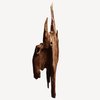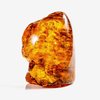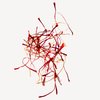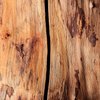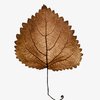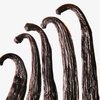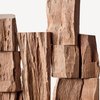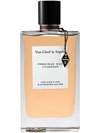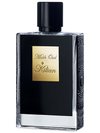Oud, also known as agarwood, is sourced from a rare tree that grows in India and across southern Asia (particularly in Thailand). To acquire the much-coveted essence, a process of distillation takes place. However, it isn’t quite as simple as it sounds—only trees that have been infected by fungus will produce the subtly fragrant, aromatic resin. And to complicate matters further, only 10% of agarwood trees are suitable. Luckily, human intervention has prevailed with the creation of oud plantations designed to artificially produce fungus-ridden agarwood through a time-consuming, yet rewarding process. Trees that are more than 4 or 5 years old are drilled and infected with the particular fungi, and the trees can also be re-infected for (roughly) a 25% higher yield. Once the resin is extracted, the tree trunks are recycled into woodchips and other parts of the trees can be made into lavishly fragranced incense. Through this meticulous process, a single agarwood tree produces about 32ml of essence. With this in mind, we can forgive oud’s costly price tag of around 15,000 euros per liter (or closer to 60,000 euros per liter for “vintage” varieties). In addition to age, other factors are responsible for price variations, such as the color of the essence, its texture and the tree’s origin. Oud wood that is 5 years old has a more intense, leathery, animal fragrance—qualities that are highly sought after by the Middle Eastern fragrance connoisseur. Western-inspired fragrances with a sophisticated or luxurious image are also popular, with a notable number of European labels emphasizing notes of oud wood.
